Animals That Live Underground
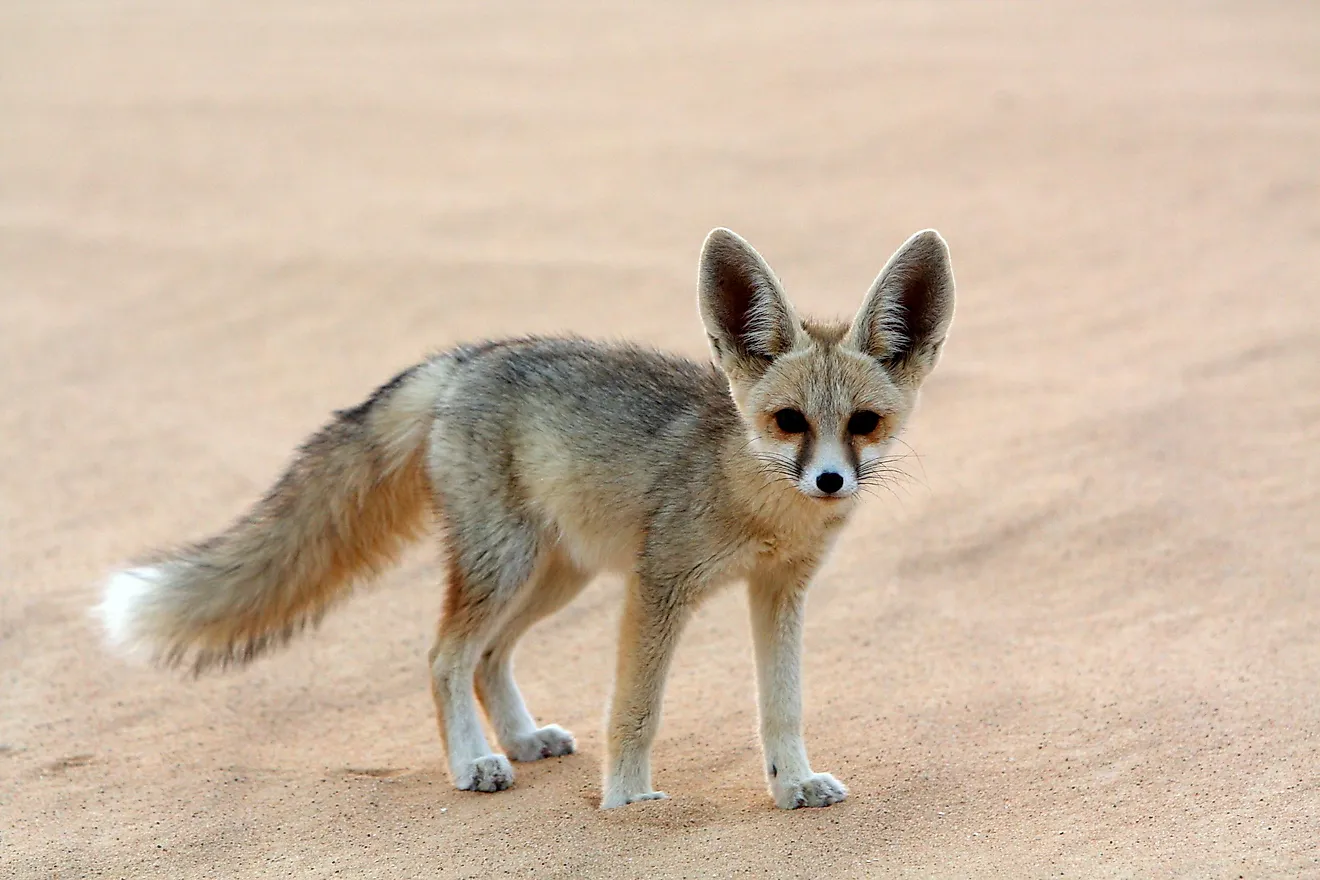
- We refer to these animals under the common name subterranean fauna. They managed to adapt to a life without vegetation and almost no light, which makes them a phenomenon that is quite rare.
- Jerboa can be found throughout deserts in Asia and Africa, and there are over 30 known species. Egyptian jerboas are the most well-known ones and can be found in Qatar, among other places.
- Bilbies can grow to be the size of a rabbit and usually live all by themselves. The fact that these animals lead solitary lives is fascinating and sad at the same time.
Many animals choose to spend the majority of their lives buried underground. These animals are some of the strangest creatures you can encounter. We refer to them under the common name subterranean fauna. They managed to adapt to a life without vegetation and almost no light, which makes them a phenomenon that is quite rare.
There are not many animals that can brag about living underground, but we should all show our respect to the small creatures that can survive under these harsh conditions. These animals can serve as motivation for many because they manage to show us that they can adapt and survive in any place, even one as barren as dangerous as underground. In this article, we will take a look at some of the most interesting animals that choose to spend their lives underground.
6. Pika
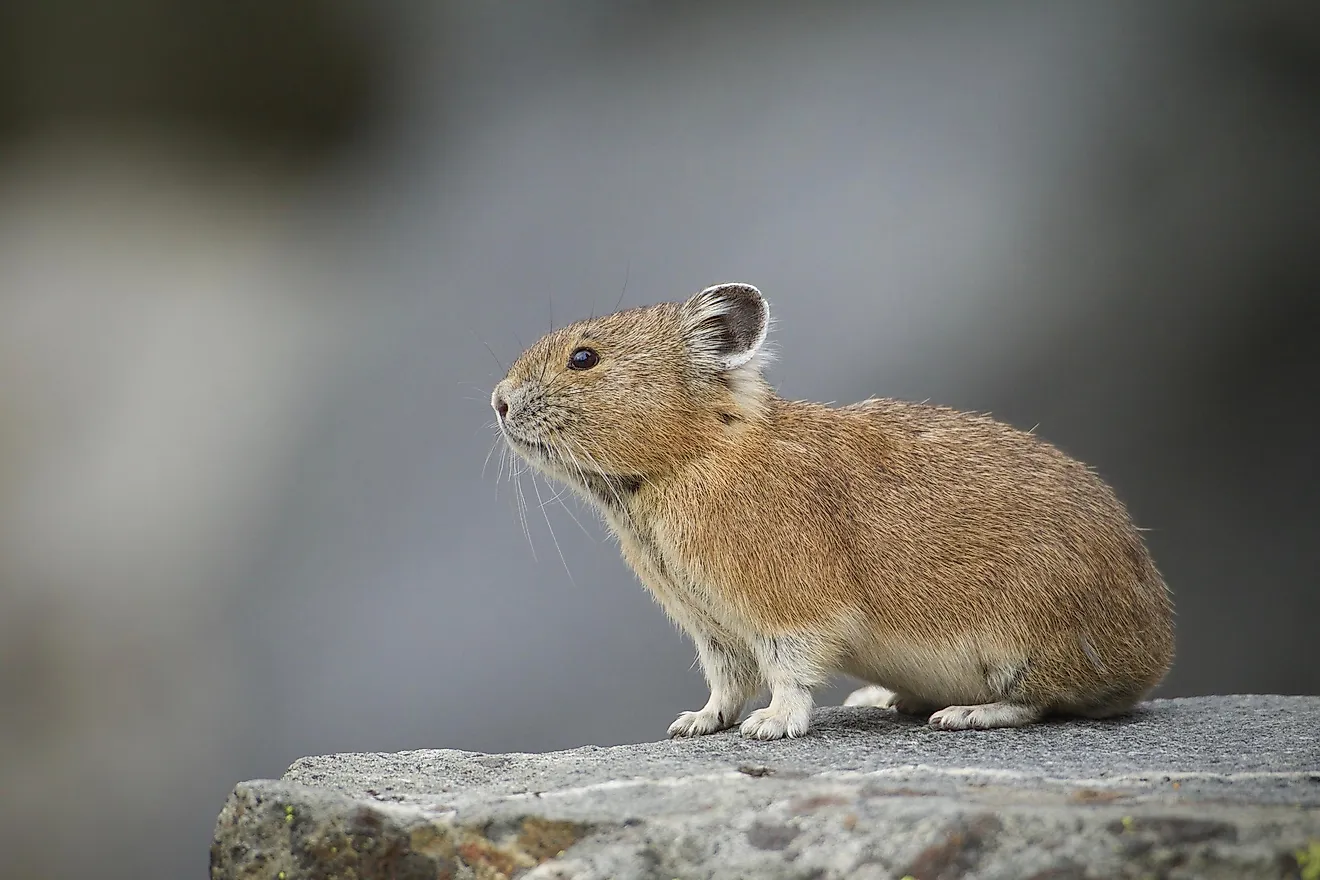
Pika is a small herbivore that comes from a family of mammals that can be found across Asia, Eastern Europe, and North America. Pikas communicate using a unique whistling sound, so many call them whistling hares. They resemble rabbits but are much smaller, and they feed on plants and seeds gathered during the warmer periods of the year. They bury the food and use it for feeding in the winter.
The reason they live underground, however, is because they do not have good nesting spots in the areas they inhabit. This is why they start to build burrows, which actually has more functions than to just shelter them. The burrows that pikas make positively contribute to the quality of soil in the areas they live in, and also reduce erosion. However, with the increase in global warming, pikas are starting to become endangered because they are adapted to much colder climates.
5. Jerboa
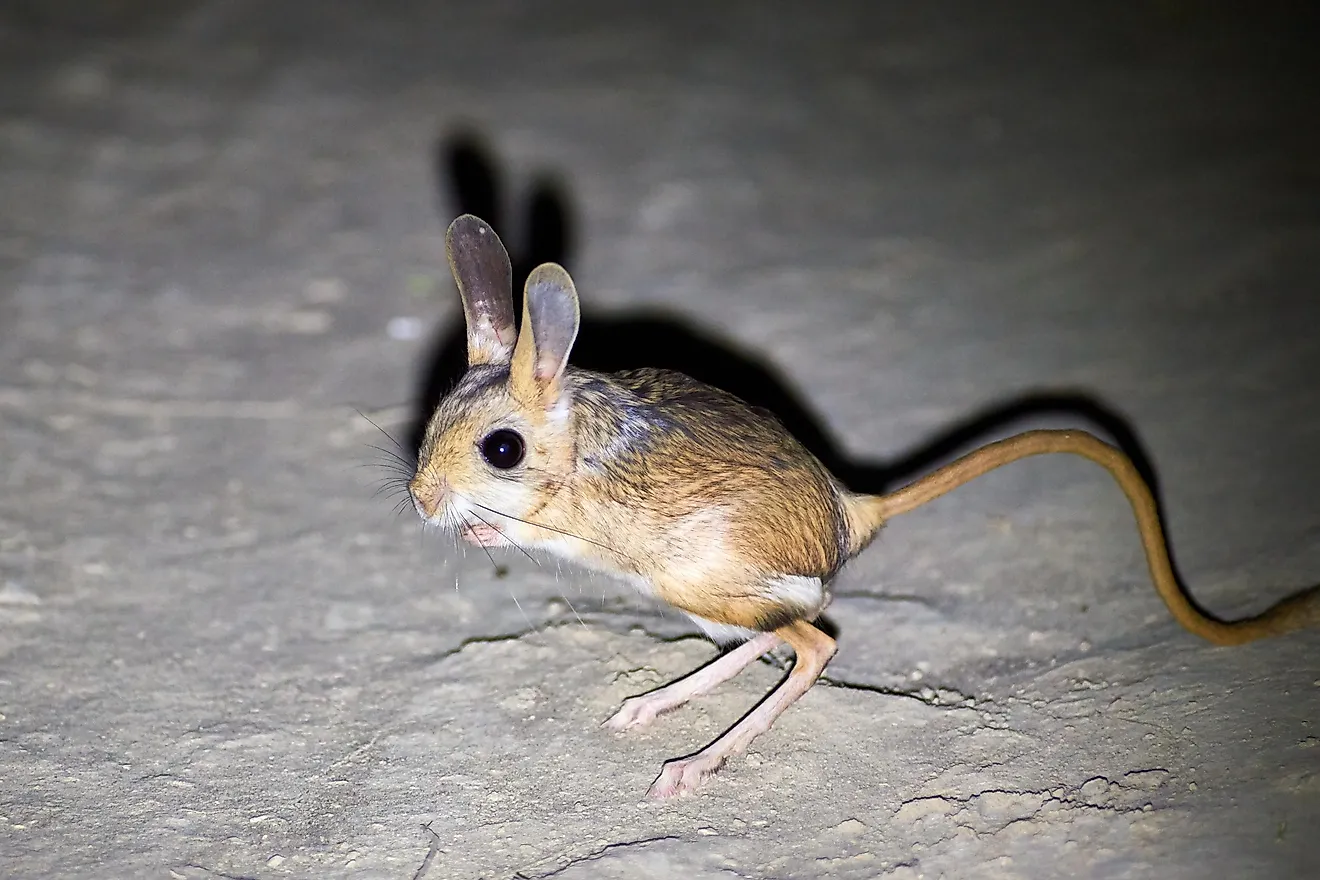
Jerboa is an extremely small rodent found in deserts that are known for its ability to jump high. It has long back legs, which help its jumping ability. Jerboas use their strong back legs to escape from various predators, and some can jump over distances of 10 feet with a single jump, which is quite impressive.
Jerboa can be found throughout deserts in Asia and Africa, and there are over 30 known species. Egyptian jerboas are the most well-known ones and can be found in Qatar, among other places. They are the smallest of the jerboas; their length reaches 4 inches on average. They live in burrows and are nocturnal, so we do not know much about these animals.
4. Bilby
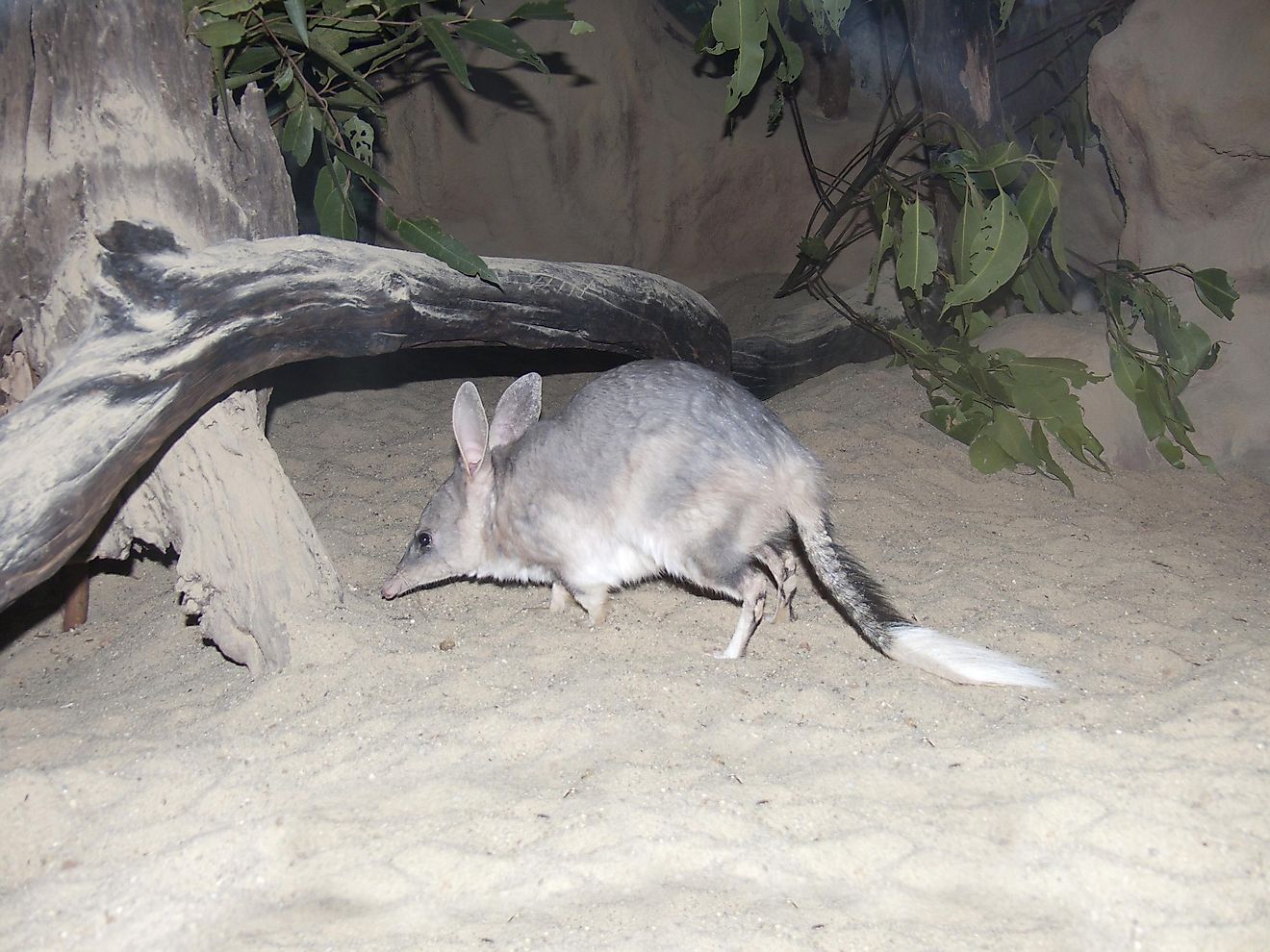
Bilbies are bandicoots that have rabbit ears and are unique to Australia. They are also nocturnal creatures, just like bandicoots, but their fur is softer, and they have long ears and bushy tails, similar to those on rabbits. Their back legs resemble those of a kangaroo, which makes them unique creatures.
They are also considered a vulnerable species, and some subspecies are even considered extinct. They can grow to be the size of a rabbit and usually live all by themselves. The fact that these animals lead solitary lives is fascinating and sad at the same time. They live in burrows that can be up to six feet deep, and they rarely move away from them.
3. Dwarf Mongoose
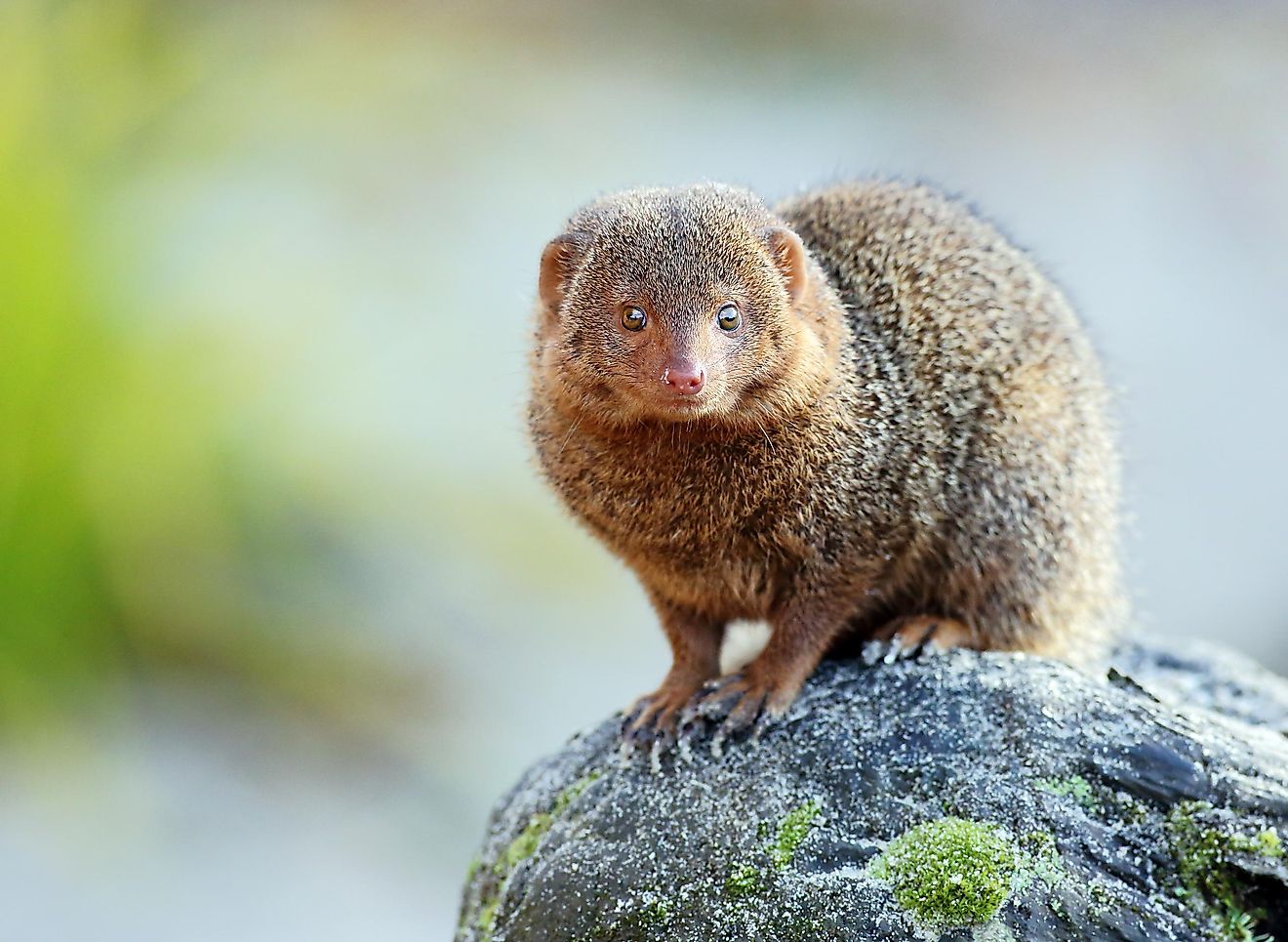
The dwarf mongoose can be found in Africa, and it is the smallest species of mongoose. You will notice that most of these animals that live underground are extremely small. The dwarf mongooses inhabit the eastern parts of the African continent and are known to live up to eight years.
They often like to make their settlements in places where they can find plenty of termite mounds, and then they use these mounds as their burrows. They also eat termites since they generally only eat insects. One notable aspect of the dwarf mongoose lifestyle is the fact that they live in matriarchal societies.
2. Burrowing Owl
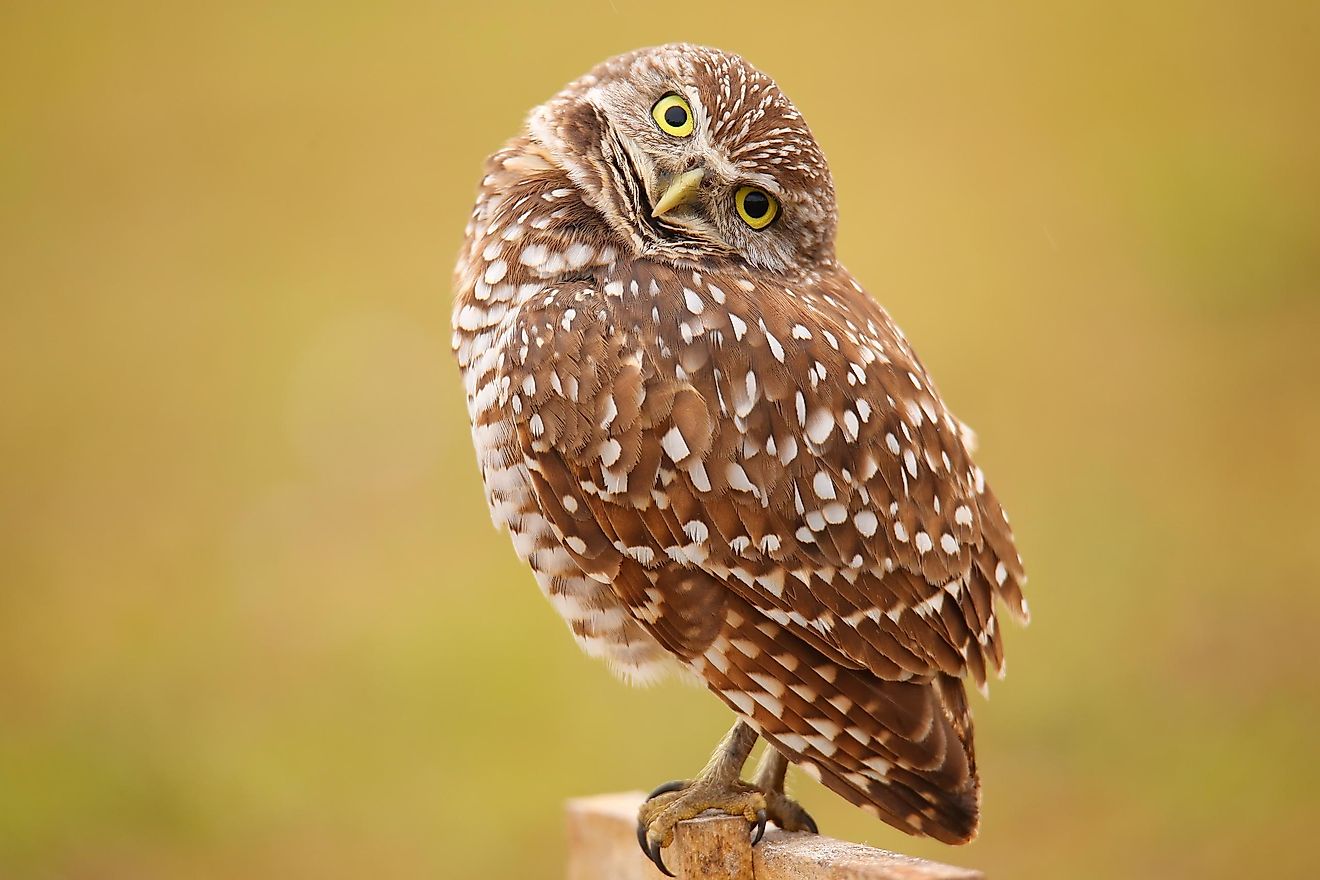
Many probably never even imagined that an owl would live underground, but you’ll be surprised to find out that there is one, and it is quite interesting. The burrowing owl looks gorgeous, and it is a type of owl that likes to hang out in burrows that were previously used by other animals, such as skunks and armadillos.
However, the owls can also dig up their burrows, and they are known to be quite deep, with some reaching 8 feet underground. Burrowing owls differ from other owls because they can be active during the day, but only at ground level. Their habitats are decreasing, but they can still be found in a wide and diverse area, from Canada to the south of South America.
1. Fennec Fox
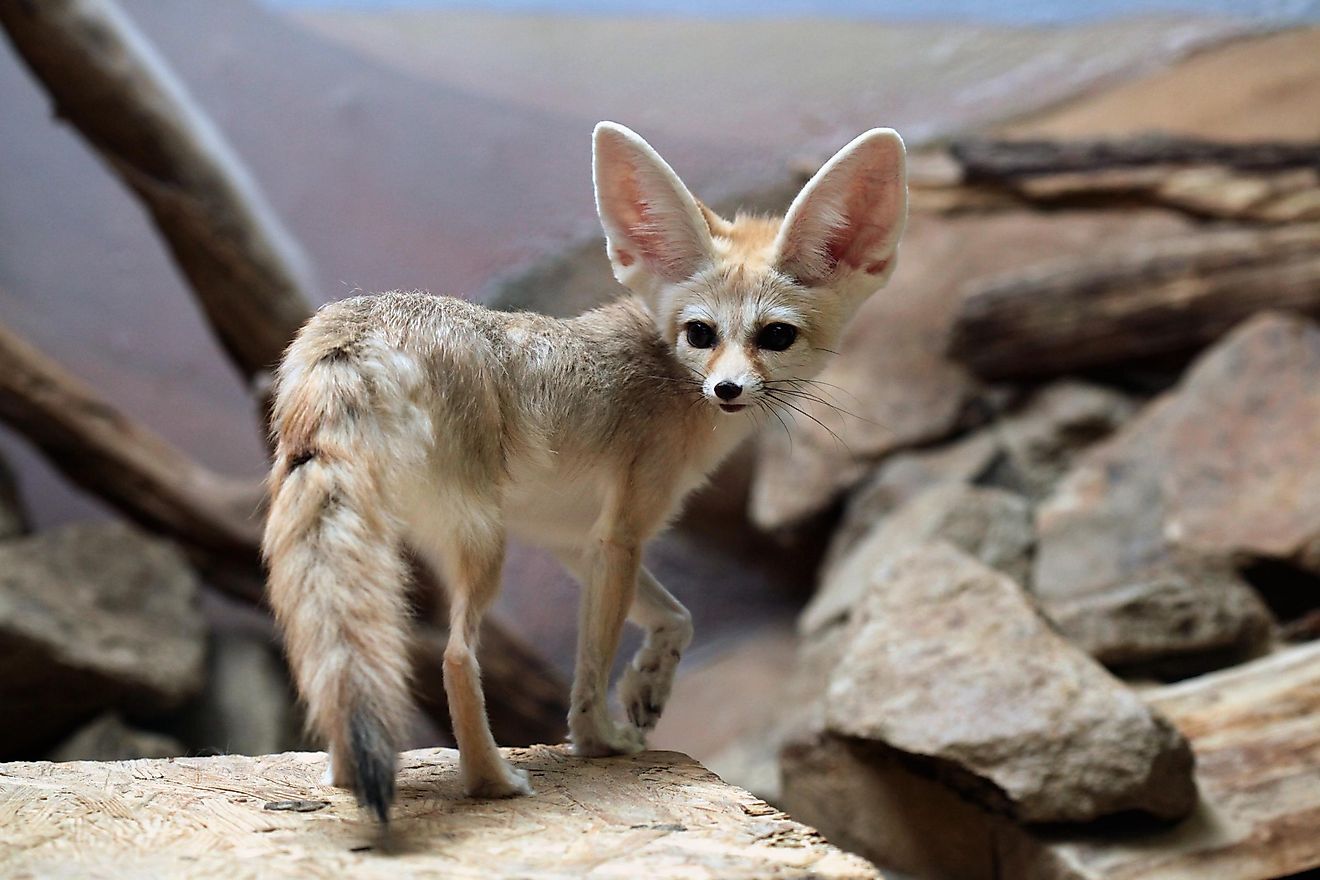
Fennec foxes are instantly recognizable and can be found in the Sahara desert. They are actually popular as pets, mostly because they look so unique and exotic. The non-domesticated fennec foxes sleep through the day most of the time, in order to avoid the scorching sunlight. Their huge ears also help with keeping them cool throughout the day.
They do not need to drink any water at all, because their bodies are adapted to live in the desert. Instead, they get all of the necessary water from plants directly. Their fur is actually quite thick, and it keeps them warm during the cold nights in the desert.











